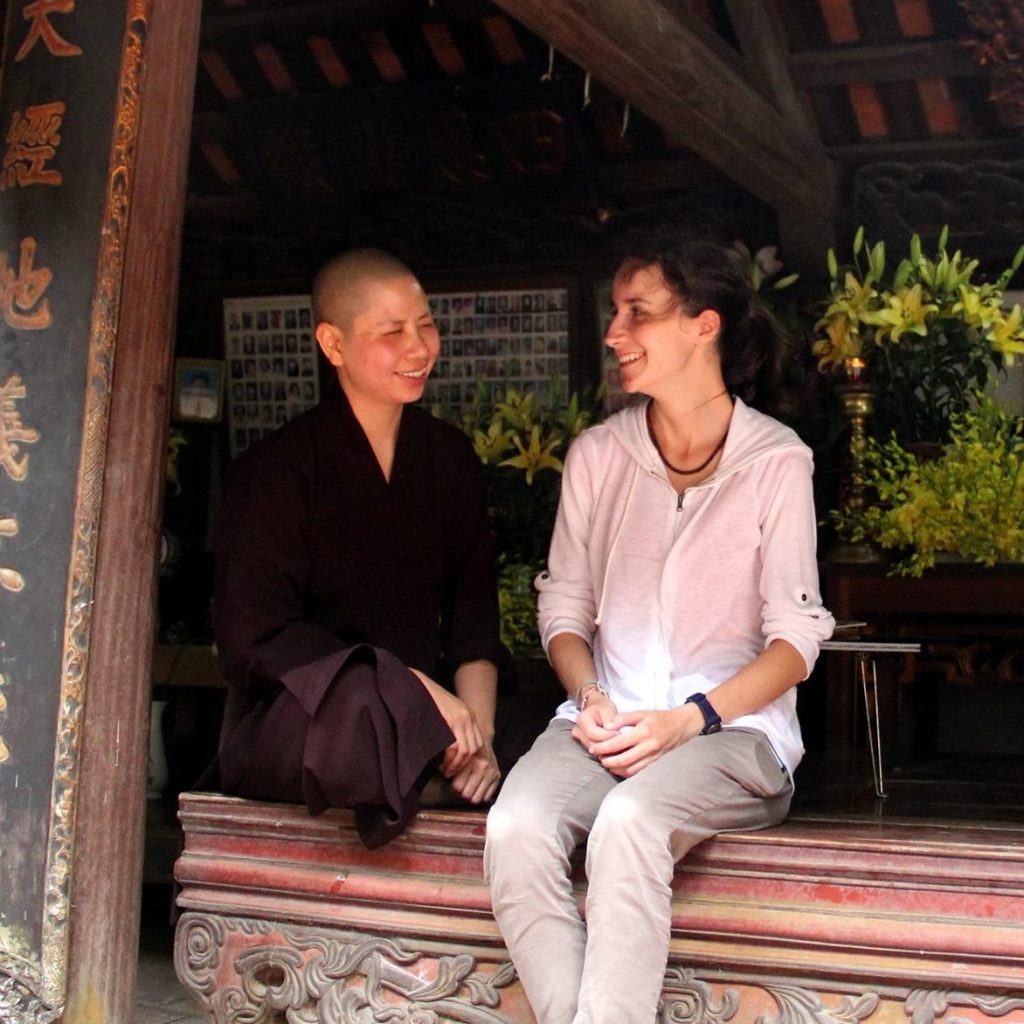MDP Field Training Overview

Chloé Desjonquères (right) from Trinity College Dublin, Ireland at a temple in Tuyên Quang, Vietnam
MDP students are required to do at least one three-month field placement. They are placed on high-impact, challenging projects for which they have the expertise and experience to meaningfully contribute. The field placements are formative, allowing students to apply their analytical, interdisciplinary, and cross-cultural skills outside the classroom—to delve into the world of development practice. Working alongside seasoned practitioners, students have enriching experiences that often set them on a promising career path.
Initially, MDP programs were intent on placing students internationally. A student in the US might be placed in Africa, for example, working with a government ministry or NGO on a project focused on K-12 education, infrastructure or poverty alleviation. The model was one of a student-learner working alongside an experienced practitioner, assisting with components of a project in need of an extra hand, such as conducting a survey, collecting data, or analyzing findings.Increasingly, however, MDP programs have developed a “consultant” model, where students are sent to the field to identify and solve problems.
Field placements are adapted by each MDP program to suit the needs of their own students. Many programs offer field placement opportunities nearer to home, some in their home cities, in addition to providing far-flung opportunities around the world.


